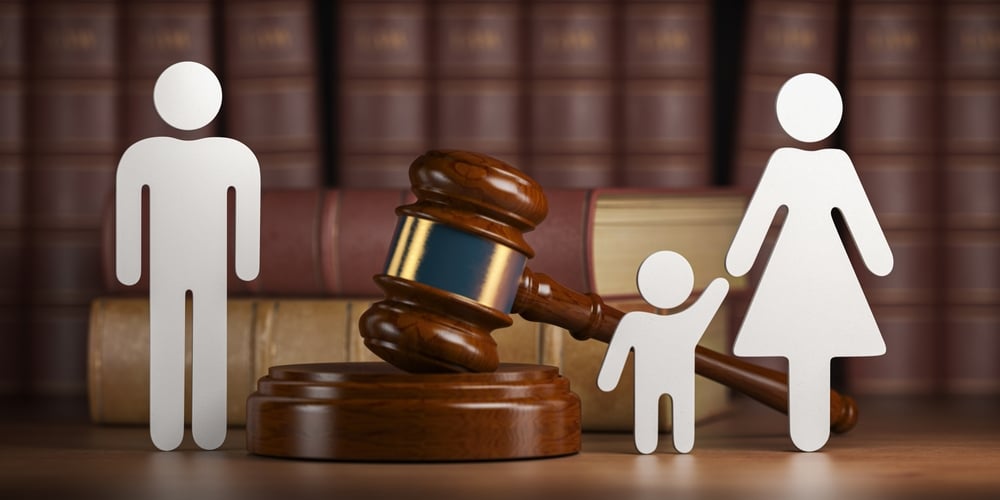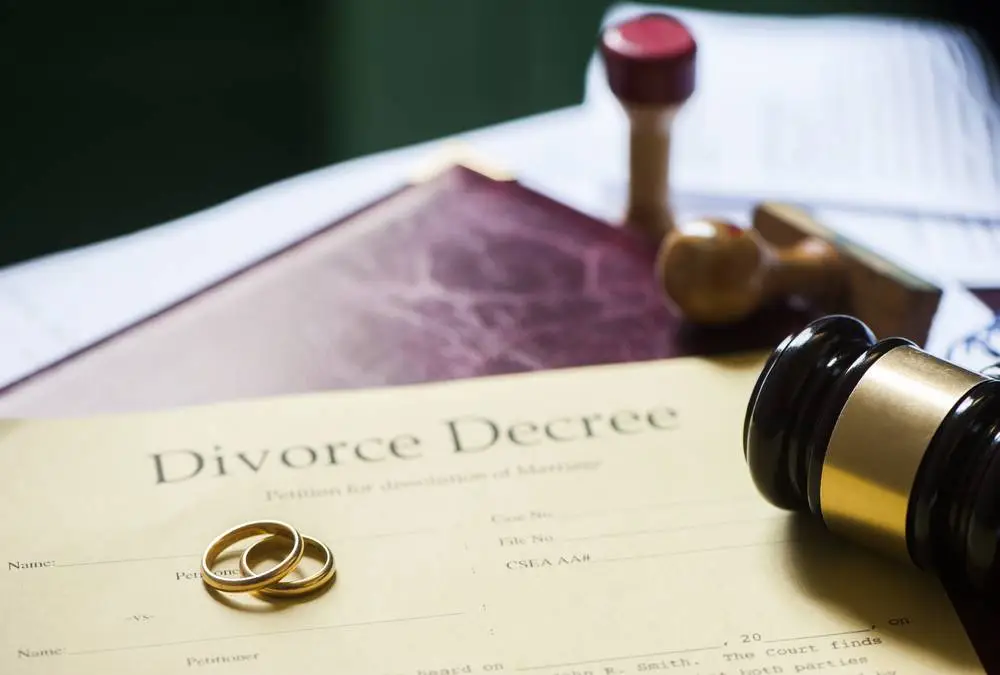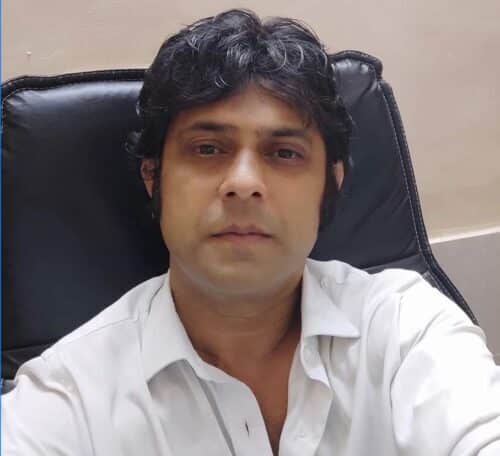When the husband and wife agree to submit the divorce petition together, it is referred to as a “mutual consent divorce.” This implies that they at the very least get along or have a friendly connection.
The legal profession has long accepted that lawyers cannot operate in a way that is inconsistent with their client’s interests or disclose client information without the client’s consent following full disclosure.
Incompatible relationships and everyday disagreements between couples can lead to marital conflicts, which ultimately damage the marriage’s foundation. That, one couple might have encountered any kind of discord and difference in perspective. Numerous approaches can be used to help a couple settle their core disagreements and disputes.
Getting a Mutual consent divorce Lawyer is frequently regarded as a practical choice when resolving disagreements between parties. With the aid of judicial authorities who primarily focus on protecting their interests and rights, divorce laws have made it simpler for couples to get mutually separated in such situations. Marriage and divorce laws in India assist individuals in escaping unhappy unions, unsuitable partners, fundamental disagreements, and frequent arguments.
One strategy to reduce the stress of divorce is to hire a lawyer to complete the process. Despite the fact that the lawyer will need to interview you on the matter, he or she will also handle all the paperwork, giving you more time to look after yourself and your family.
An experienced divorce lawyer can provide you with expert guidance on how to approach your divorce. A divorce lawyer who is knowledgeable about the laws can help you avoid expensive mistakes that may require further legal action or financial harm.
Conditions That Must Be Accomplished for a Mutual Divorce
In India, both spouses must sign a written agreement authorizing the divorce before it may be started. If the couple has kids, they must also decide on custody rules. The couple must go through a legal process to complete the divorce after obtaining consent.
Divorce is treated as a civil matter under the Hindu Marriage Act of 1955, which permits uncontested divorces. Contrarily, Islamic Personal Law views divorce as a private matter and calls for two witnesses to verify the couple’s decision to file for divorce. Both of these rules are disregarded by some religious sects in India, who demand that divorces be granted by a religious court.
Mutual divorce may not always result in an agreeable settlement. Going through the legal process and reaching a settlement can be time- and effort-consuming.
Throughout the process, communicate with one another honestly and openly. This will assist guarantee that each party is aware of their rights and obligations.
Conclusion
In India, the procedure of mutual divorce can be finished very swiftly and without a significant amount of stress. The divorcing spouses will need to agree on all of the divorce’s specifics. A mutual consent divorce prevents pointless arguments and saves a lot of time and money.
Mutual consent divorce is one of the greatest solutions available given the rising number of divorce applications. It is the quickest method of divorce, which helps you save time, money, and even psychological trauma.




